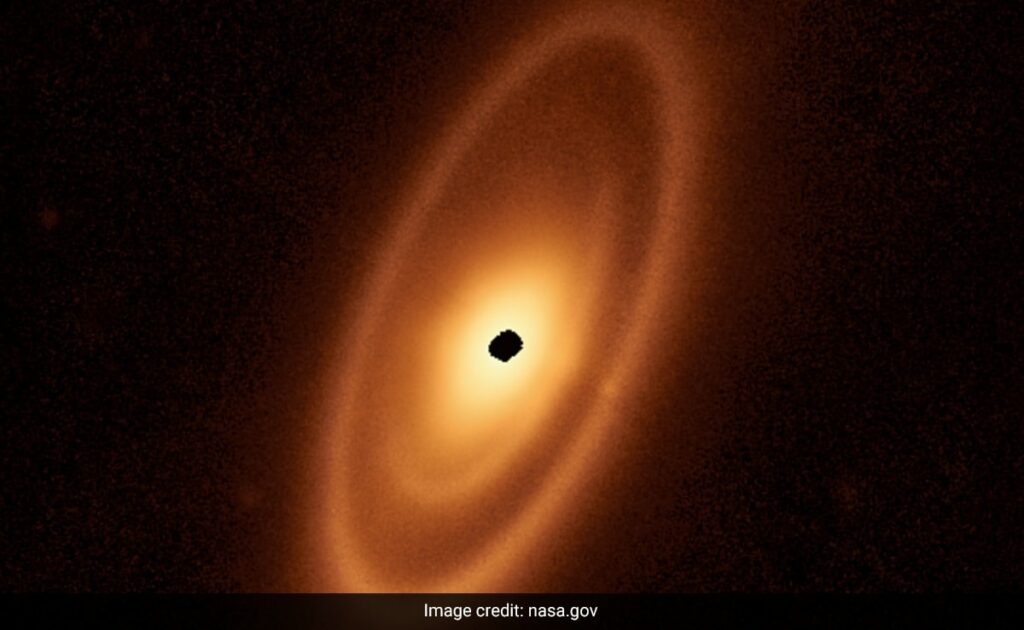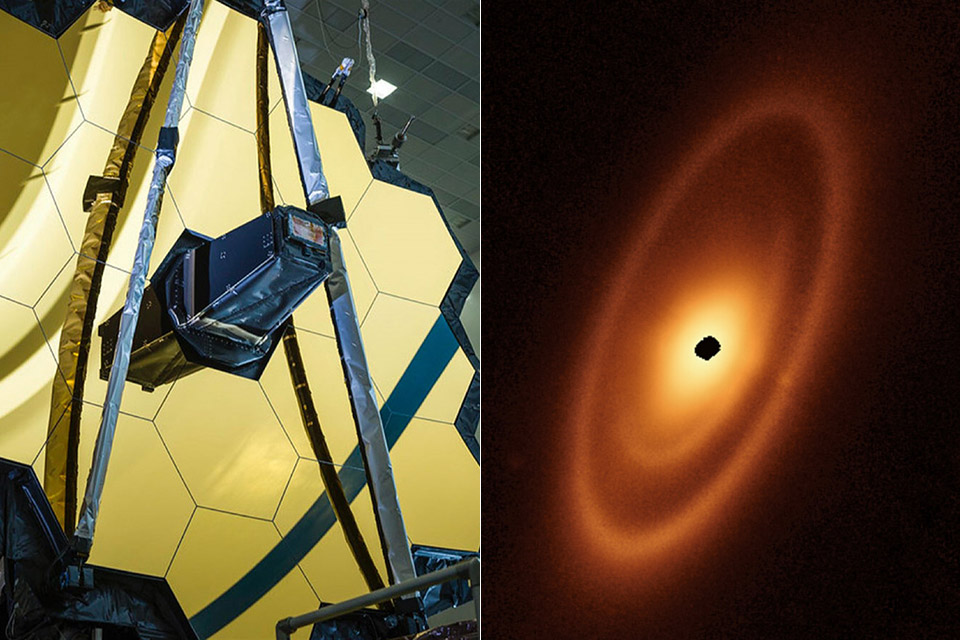When analyzing the brilliant, nearby star of Fomalhaut, located roughly 25 light years from Earth, NASA researchers discovered more than they expected.
Using the James Webb Telescope to examine carefully at the material encircling the young star, researchers discovered that its dust belts are significantly more complicated than our own solar system’s asteroid belts.
Collisions between larger bodies create the belts. Fomalhaut has three stacked bands that stretch 14 billion miles (23 billion kilometers) from the star. While the outer belt is roughly twice the size of our own solar system’s Kuiper Belt, astronomers were able to observe the inner belts for the first time using the telescope’s infrared light.
They concluded that the inner belts were most likely caused by previously unknown planets. Neptune shaped the Kuiper Belt within our own solar system. Fomalhaut most certainly features a planet or two trapped within its dust belts.

“The belts around Fomalhaut are like a mystery novel: Where are the planets?” questioned astronomer George Rieke. “I do not think it is a huge leap to say there is probably a really interesting planetary system orbiting the star.”
Related: A More Detailed Image Of A Supernova From NASA’s James Webb Telescope
“By looking at the patterns in these rings, we can actually start to make a little sketch of what a planetary system ought to look like — if we could actually take a deep enough picture to see the suspected planets,” University of Arizona researcher András Gáspár added.
Future research into Fomalhaut and other stars will tell more about how planets migrate across these disks.

In other tech news, Unbox Therapy revealed a mockup of an Apple iPhone 15 Ultra.
Download The Radiant App To Start Watching!
Web: Watch Now
LGTV™: Download
ROKU™: Download
XBox™: Download
Samsung TV™: Download
Amazon Fire TV™: Download
Android TV™: Download

